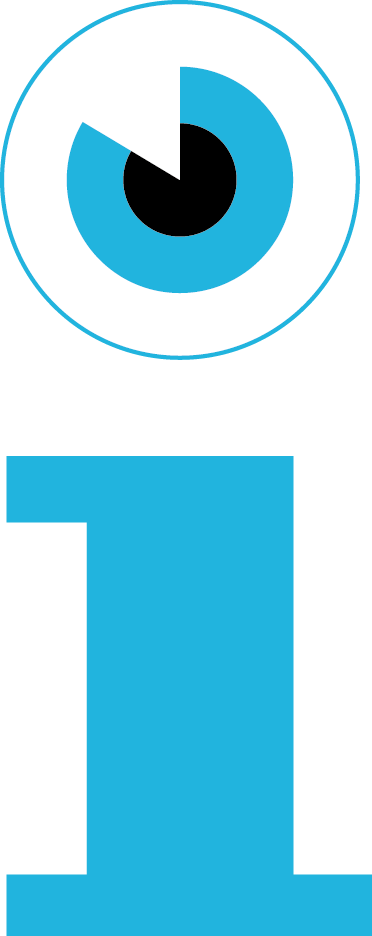What happens during an ophthalmology consultation with a child?
You’ve got an appointment with an ophthalmologist for your child and you’re wondering what the eye consultation will be like? Claudine Presset, chief orthoptist at the Jules-Gonin Ophthalmic Hospital, explains what happens during an eye examination with a toddler.
Play and observation at the heart of the ophthalmological consultation
When consulting a paediatric ophthalmologist, it is important to gain the child’s trust, particularly with very young children. This allows you to examine everything you need to observe as closely as possible. For example, little games and colourful toys can attract their attention. These are called game consultations.
When it comes to very young children, we get as much information as possible through observation. In particular, we seek to detect:
- If the child has a deviated eye: this could indicate strabismus
- If he has an eyelid that is not positioned correctly
- If he adopts a compensatory position of the head, tending to turn it to one side or the other.
In order to observe whether the two eyes function in a coordinated way, we try, for example, to get the child to look in different directions.
Specific strategies for each age group
Once the child reaches a certain age, we can start testing his visual acuity using a vision test.
- For toddlers, we use images. This allows us to check far or near vision.
- When they are a little older, we can use a shaped device that is pointed in certain directions, which the child can handle with ease, enabling us to check double vision and colour vision, for example.
- When they are older still, we move on to numbers, and even texts.
In all cases, it is important to determine whether one eye sees less well than the other (a sign of amblyopia), whether one eye is deviated or whether there is strabismus, so as to be able to prevent and then provide appropriate medical treatment using corrective lenses, for example.
The orthoptic examination will be followed by an ophthalmological examination by the ophthalmologist, with dilation of the pupils. The physician carries out a refraction test and examines the retina. The family history will also be examined. Knowing the child’s history can be decisive in preventing certain eye diseases.
If they diagnose a possible pathology, treatment may be considered. In the event of myopia or hyperopia, for example, a prescription for corrective glasses will improve visual problems.
A convergence problem can be detected by the ophthalmologist. Rehabilitation using orthoptic sessions will be necessary to resolve this. The orthoptist works in collaboration with ophthalmologists. Their role is to carry out an orthoptic assessment in order to detect and then correct the various eye disorders by offering eye rehabilitation.
Find out more about children’s eye diseases
Screening for eye diseases is important to ensure the health of children’s eyes. So if you want to learn more about an eye disorder in particular, please read our dedicated pages. You will find more information on conjunctivitis, diplopia, astigmatism or congenital glaucoma, for example.
